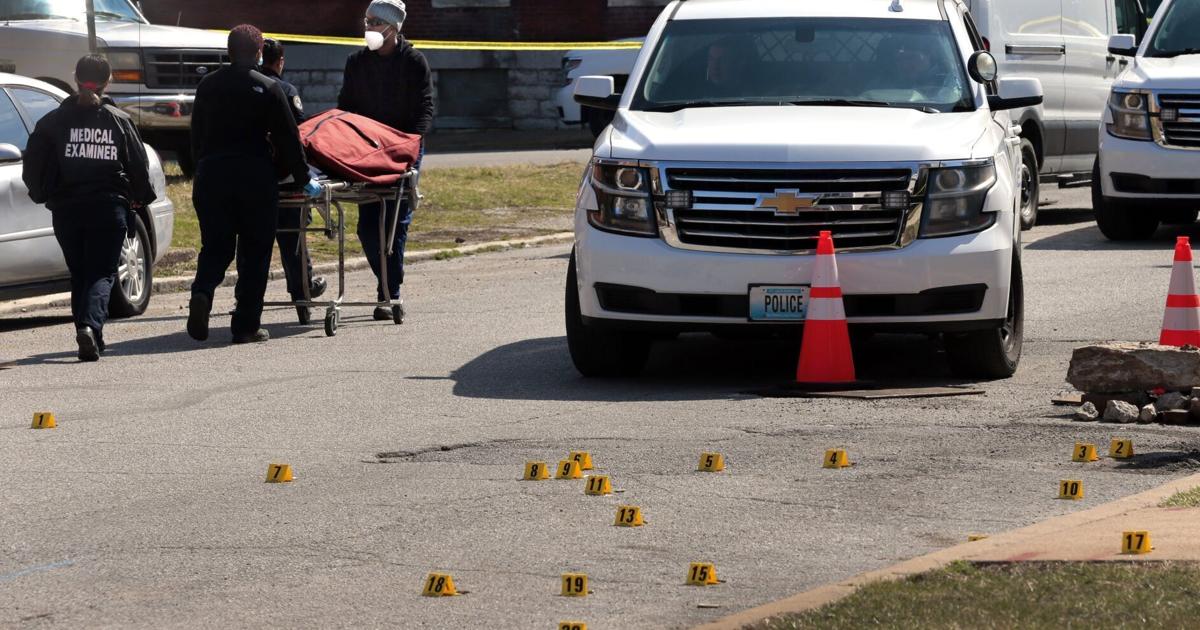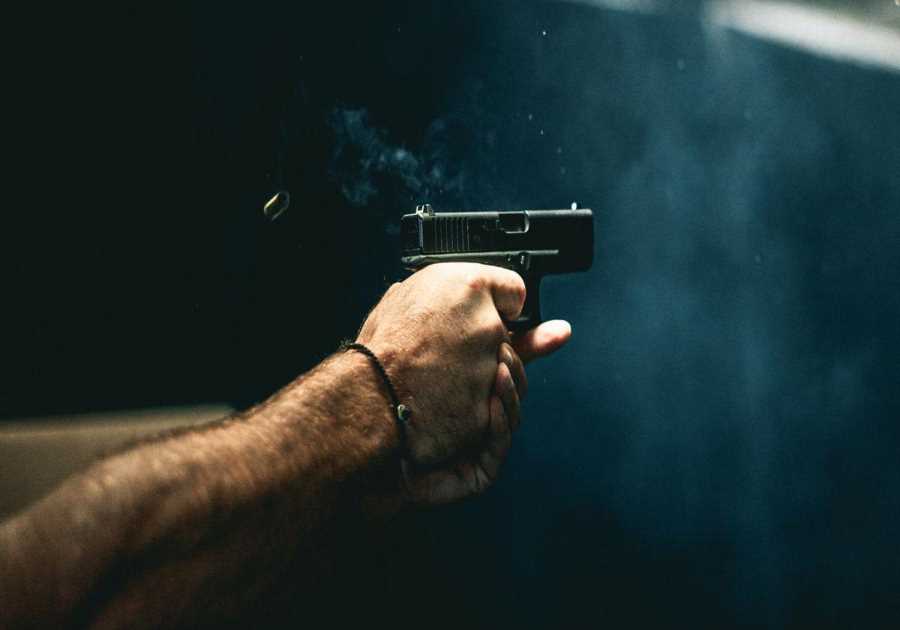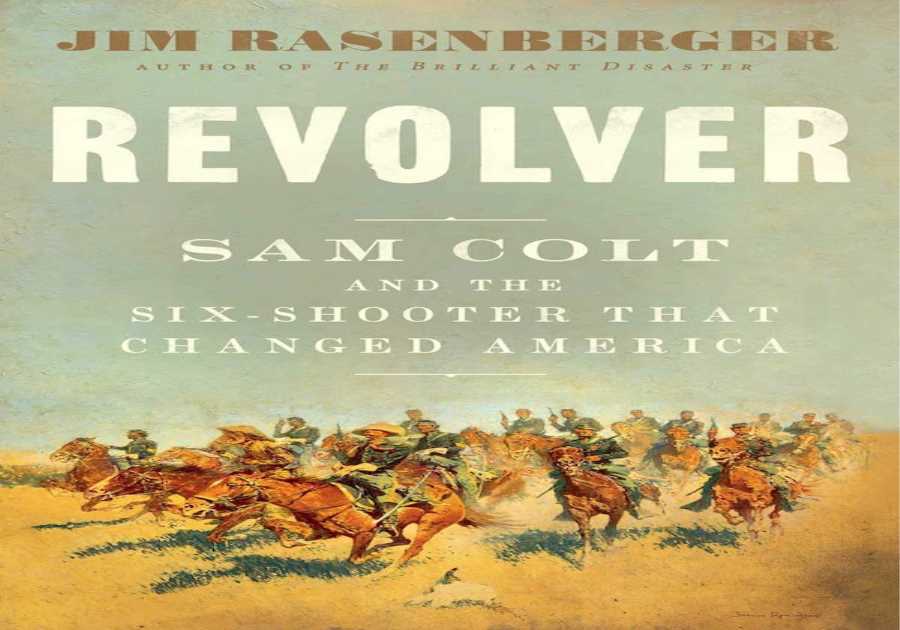
Dana Rieck ,
Josh Renaud
ST. LOUIS — More than 25 evidence markers littered the ground one day last spring as homicide detectives scoured North 25th Street in the city’s Hyde Park neighborhood. The medical examiner hauled away the body of Michael Kelly, a St. Ann resident who was shot dead while inside his truck.
Kelly was outside his mortgage business in north city and was shot once in his head. Police have not released more information about his killing.
It’s an increasingly familiar scene in St. Louis: Crime tape blocking off a section of the city as investigators stand among a blizzard of shell casings marked by bright yellow evidence markers.
Police in recent years have seen a sharp rise in both semi-automatic guns and higher caliber ammunition in St. Louis — so shooters fire more rounds in a short amount of time, with guns that are more likely to be loaded with bullets that do more damage upon impact. That’s a grim recipe for a city that consistently has one of the highest homicide rates in the nation.
People are also reading…
“When I was a young policeman on a shooting scene, there might be six or eight cartridge casings lying on the ground,” St. Louis Police Lt. Col. Michael Sack said at a recent media briefing. “Now it is not uncommon to find scores of cartridge cases on the ground.”
St. Louis police said they do not have a system that tracks the number of shell casings found at crime scenes, so they cannot compare that number to previous years. But just over 90% of the 2,656 guns confiscated by the department last year were semi-automatic — guns that require a shooter to pull the trigger for each shot but don’t require manual reloading after each shot. That’s up from 75% seven years ago, according to a Post-Dispatch analysis.
Homicide detectives and police investigate the scene of a shooting in the parking lot behind CareSTL Health in the 2400 block of Whitter Street on Wednesday, March 2, 2022. An adult male was transported by ambulance to the hospital with gunshot wounds. Photo by David Carson, [email protected]
David Carson
The share of pistols seized by the department has seen a similar spike, from 72% of all seized guns in 2015 to 90% in 2022. Most of those pistols are semi-automatic and can hold more rounds than other guns because their magazines — which store ammunition and feed it into the gun’s chamber — can be extended beyond the frame of the gun.
That matches what police see on the street, too: Police encounter semi-automatic handguns “more today than in years past,” a department spokesperson said, and they are the easiest firearms to conceal.
The share of seized revolvers, meanwhile — guns that use a revolving cylinder that stores only five to eight rounds and are not typically manufactured as semi-automatic — has plummeted from 14% to 3% over the same period.
“If you’re shooting somebody with a 35-, 40-, or 50-round drum (magazine), you may not be accurate but instead of hitting them two or three times you might them 12 times,” Sack said. “So, every shooting is a potential homicide.”
In all, city police have seized more than 20,000 guns from people in the city since 2015, according to data from the department. The number of yearly seizures in the city increased gradually each year from 2015 to 2021, topping out at 2,934 in 2021 — 40% more than were seized six years earlier
“What we’re seeing nationwide is the shift to the pistol,” said Philip Cook, a professor emeritus of economics at Duke University who studied gun policy and firearm issues throughout his career. “But it’s also a shift to ever more powerful weapons that are intrinsically deadlier.”
Deadlier guns
The increase in semi-automatic pistols concerns experts, who agree there are three main variables that make a gun more deadly: magazine capacity, caliber of the bullet, and velocity of the bullet. The first two, according to the Post-Dispatch analysis, have both increased significantly over the past seven years.
“We see more wounds per body than we did see 10 years ago,” St. Louis chief medical examiner Dr. Michael Graham said. “The fact that the magazines hold more than they used to in the old days makes a difference.”
Cook, meanwhile, has studied bullet caliber’s influence on wound lethality. He published a study that found if smaller caliber bullets were used in every shooting in Boston between 2010 and 2014, the city’s homicide rate would have been 40% lower. The higher the caliber, he said, the more likely the bullet does enough damage to kill the victim.
In St. Louis, the use of small-caliber guns is declining. The Post-Dispatch found that the percentage of guns seized by police using ammunition with a diameter of 0.32 inches or smaller dropped from 18% in 2015 to 12% in 2022.
“You virtually never see small caliber anymore,” said Daniel Webster, a professor at Johns Hopkins Bloomberg School of Public Health, where he directs the Center for Gun Violence Prevention and Policy.
The number of homicides in the city stayed relatively steady over the past eight years, around 200 per year, excluding a large jump in 2020.
But aggravated assaults, which include non-lethal shootings, routinely trended up between 2015 and 2020, according to FBI data. Data from 2021 was incomplete.
dr Douglas Schuerer, a trauma surgeon and director of trauma at Barnes-Jewish Hospital said he has worked at the hospital for about 20 years and has seen an upward trend in total gunshot wounds.
Schuerer said the emergency room saw about 800 gunshot wound patients each year, and estimated about 95% of them survive.
growing concerns
Public mass shootings in America — and the guns used in them — have led to a common misconception about the prevalence of assault-style rifles in street crime, Cook said. By far the most common gun used at the street level is still the semi-automatic pistol.
“The assault weapons, including rifles, are the predominant weapon you see in public shootings,” Cook said. “And those are the ones that get the most attention. So when people read about the latest horrific incident at a school or in public, what they are typically reading about is somebody that (used) an AR-15 assault weapon or the equivalent.”
Fully automatic guns, too, are of growing concern to police.
According to data from the ShotSpotter gunshot detection system, which uses microphones to pinpoint gunfire throughout the region, Sack said there were 66 incidents of fully automatic gunfire in 2021. In 2022, that number jumped to 409.
Automatic guns function differently than their single-shot and semi-automatic counterparts: Single-shot guns require a shooter to reload and pull the trigger after each shot, while semi-automatic guns require a shooter to pull the trigger for each shot but don’ t require manual reloading after each shot. Fully automatic guns spray as many bullets as the magazine holds with a single depression of the trigger.
Automatic guns can be purchased legally, but are heavily taxed and regulated.
St. Louis police seized 20 fully automatic guns in 2022 — less than 1% of all guns seized, but still a jump from previous years.

An ATF agent demonstrates how a Glock handgun converts into an automatic weapon, considered a machine gun under federal law, at the St. Louis Police gun range on Thursday, Jan. 5, 2023. Users are buying conversion devices known as Glock switches, auto sears, among others, that can be manufactured on 3D printers. Photo by Robert Cohen, [email protected]
Robert Cohen
And local and federal law enforcement warned earlier this month of the increasing popularity of illegal attachments that make semi-automatic guns fully automatic.
The devices, often called switches, allow a shooter to fire dozens of rounds in a matter of seconds with one continuous pull of the trigger. But they also make the gun much harder to aim, decreasing a shooter’s accuracy after the first bullet is fired.
“These things are dangerous to our officers because of the rate of fire of these weapons,” Sack said at a news conference. “They’re also dangerous to everybody in the neighborhood because of their inaccuracy.”
Schuerer, the trauma surgeon, noted his emergency room sees occasional spikes in gun violence during particularly tense times, like social unrest and the coronavirus pandemic. Hospitals hope the spikes will then retreat to previous levels.
“And that’s what’s disappointing to us,” he said. “Like, how come it just keeps getting worse?”
Shake off your afternoon slump with the often-shared and offbeat news of the day, hand-brewed by our online news editors.






